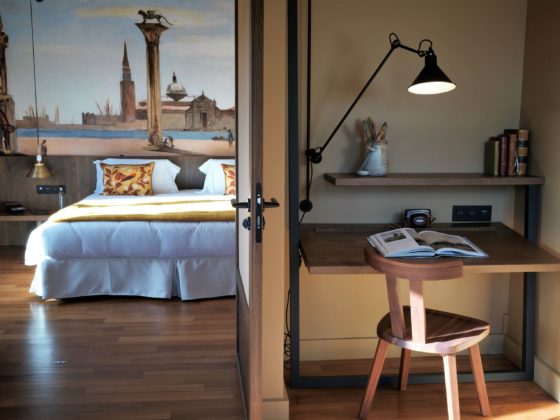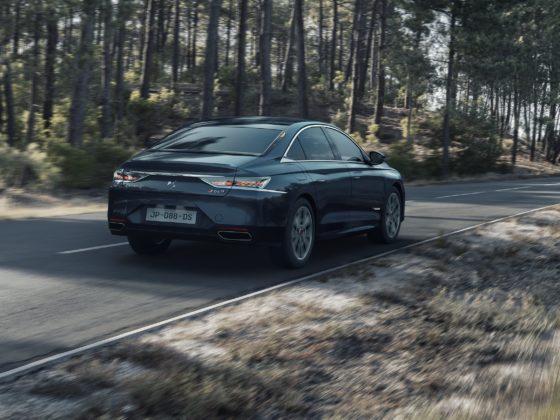Who has never dreamed of driving a 911? Who hasn’t fantasized about the sound of the driver’s door closing on his little person sitting behind the wheel of the mythical machine, like Steeve McQueen going to Le Mans? Belt on!
By François Tauriac
The flat six cylinder “air cooled” rear overhang pulsing in its back its score of wind instruments. The large VDO tachometer is well positioned in front of the steering wheel. The unique riding position and the pedals that pop out of the floorboard like a bunch of mushrooms at the foot of an oak tree. The 911, we all dreamed about it. So, let’s go for a ride in the 993. The last true legendary 911. Who walks in the air, but never in the shade. A real head turner.
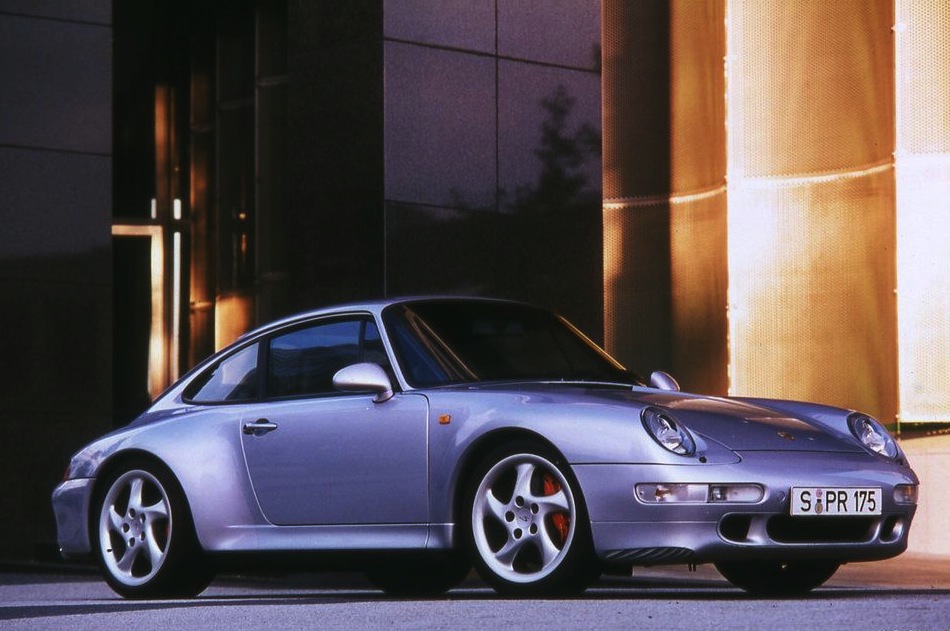
It always starts the same way. First, with a look. A blink. An admiring and contemplative gaze. Because a 911 is a discovery. It’s watching. It’s also tame from the view. Slowly, gently, as one approaches a sleeping beast. Even if from three quarters back the mythical Porsche looks more like a frog crouching in front of a puddle than a jaguar on the hunt. Even from the front, it is not a car like the others. She looks almost sweet with her big eyes, highlighted by her laughing blinks. The 993 may be the fourth generation of the 911, but it is just like its big sister, which came out in 1962. Authentic. The front fenders no longer protrude as much as their predecessors, nor the protruding chrome bumpers, nor the almost straight headlights, but it keeps its general appearance and, unique in the history of the car, the almost unchanged proportions of its original body. 4.26 m long, 1.73 m wide, 1.31 m high. That’s what a 911 is: a rather small car, almost narrow, with a small 2+2 fastback interior, and above all a 6-cylinder flat-bed Boxer full of generous horses
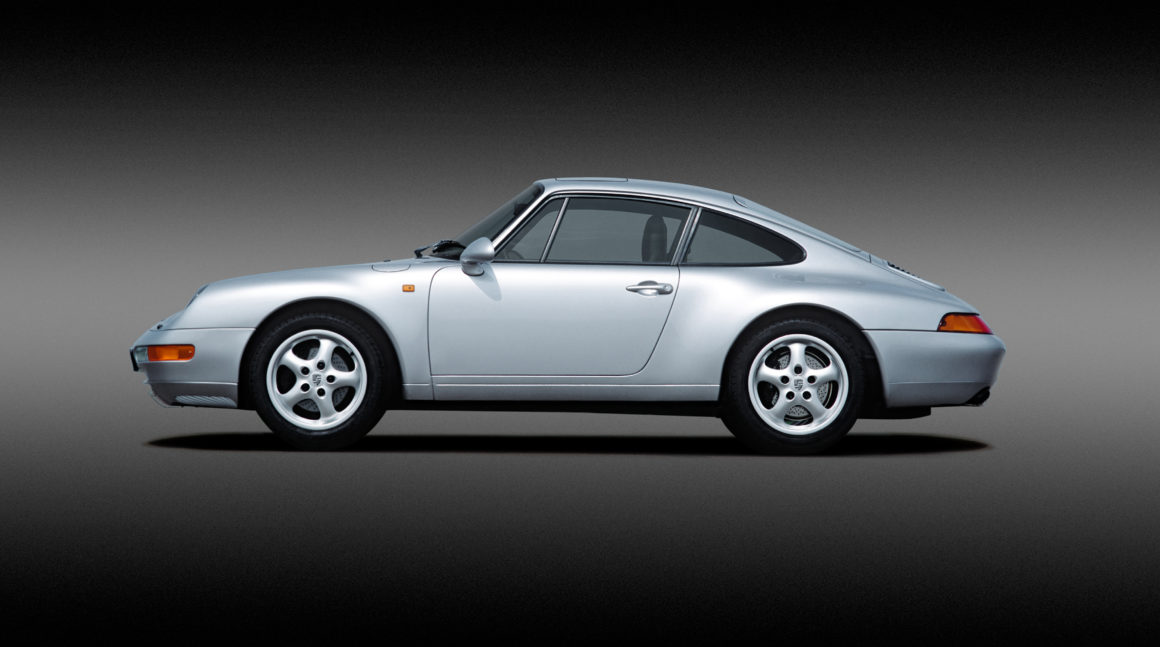
And to think that it almost never saw the light of day, this marvel. Legend has it that in 1959, when Butzi, Ferry Porsche’s son, finally drew the final version of his bodywork based on the work of the factory’s stylist and the brand’s test driver completed the first track tests, the man was disappointed. You’ll never sell this car,” he said, “it’s unrideable. It must be said that the animal was not common. It may have looked like the 356, this big tree frog, but its balance and weight distribution were quite curious. All the weight was at the rear, which gave the car an unstable behavior at high speed, a lightening of the front end that lifted at the slightest acceleration – like a dog putting its nose out the window – and above all the famous “rucksack” effect in turns, due to its extra weight, which made driving almost dangerous in turns on dry roads and at the very least manly in the wet. So much so that the first models were soon equipped with cast iron bumper pads weighing 11 kg each and even with two batteries to weigh down the front! It was easier than modifying the outline of the new McPherson torsion bar front end.
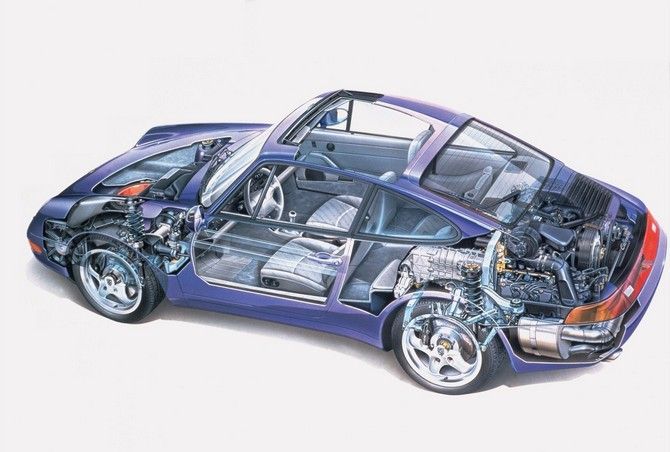
One million cars sold later – the figure was reached in 2017 – the Stuttgart-based brand has made some progress. First, it quickly abandoned the first 2-liter 130 hp. engine that only lived for a few years. Taking the 911 to 220 km/h all the same. It quickly moved to the 2.2 liters, 2.4 liters, 2.7 liters, then to the 3 liters, 3.2 liters and finally to the 3.6 liters. Our test 993 is a rather rare X51 factory kit, so it’s even a 3.8-liter that equips it. There were three X51 993 engines, the “normal” 285 hp, the X51 from the 964 RS – called the Motorsport because of the sticker on its intake – with 290 hp, and the X51 Varioram with 300 hp. – an air flow optimization system at low and medium speeds.
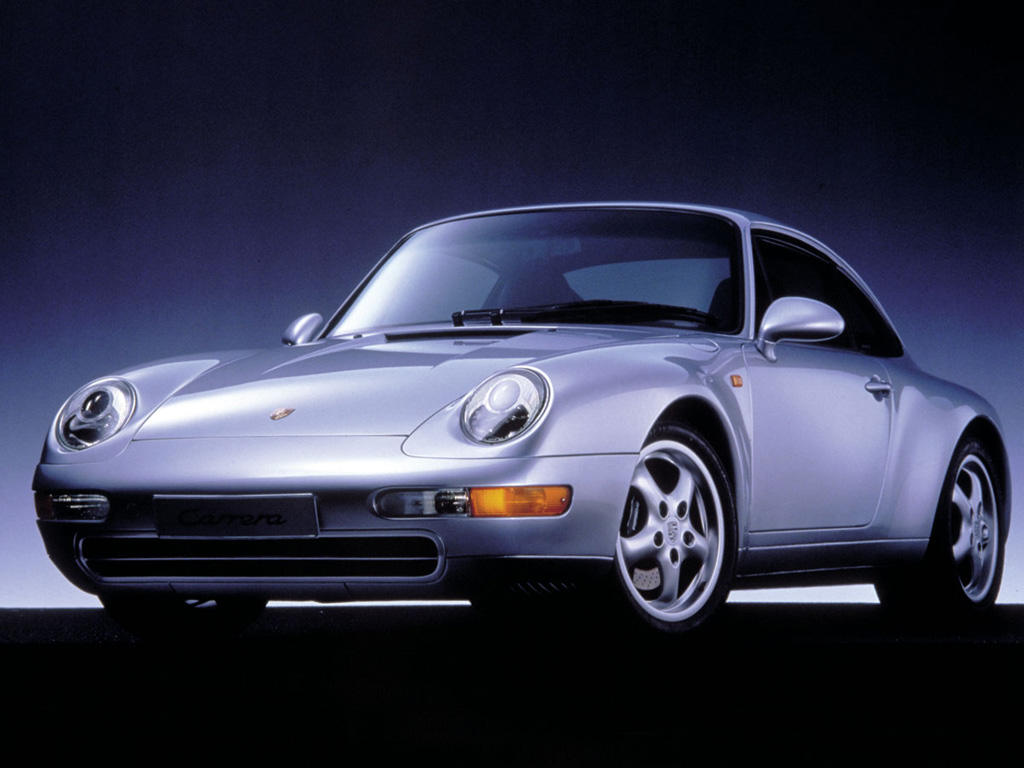
Ours does not have variable air intake. It is therefore about twenty horsepower more than the basic 3.6-liter model. The same power as the 2S and 4S, but with a larger displacement. The key is of course on the left. And contrary to the legend, it is to save money that the contact was placed there, because the copper wire had to be as short as possible. After the war. Not to take the start of the Le Mans 24 hours race any faster. Proof of the falseness of this mythology, the 356 was already equipped with a left-hand key, even though it had never yet participated in the legendary event.

Getting into a Porsche is always a celebration. Serious and moving. A mass of homage. There is something divine about the smell of the brand’s unique leather. Celestial in the perforated roof sky above you. Sacredness in the long wrap-around leather seats with built-in headrests. And then, above all, there is the quality of the materials. The 993 is almost 30 years old and nothing seems to have changed in the dashboard, the leather of the four-spoke airbag steering wheel or the gear knob. It has however 140 000 km. Then there is the atmosphere. The counters very simple, the huge rev counter always VDO. Because engine management is much more important than speed. And then this famous and unique mano on the left, indicating the dry sump oil level and its temperature. Finally, there is the anti-theft device that must be unlocked by remote control, even if the car is left open. The nightmare of valet parking. And then, of course, there is the melody of the music. The Bosch starter bellowing its driving power, then the cavalcade of the twin-shaft Boxer engine snorting like a lion emerging from the water. The X51’s camshaft being sharper, the original dual sport pot, it looks messy at first. He snores, he grunts, he ventilates. In a metallic and bewitching musical score. Pop pop pop pop.
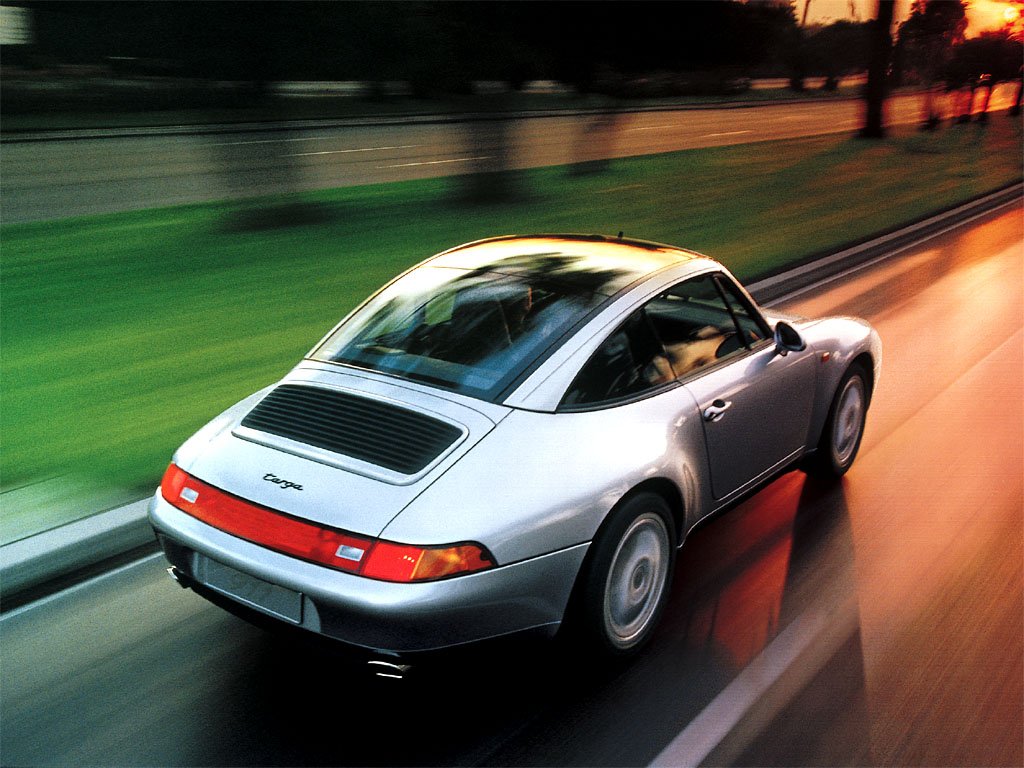
The clutch is quite smooth. It’s not pushing it in that’s difficult, it’s knowing how to release it smoothly that can be tricky. The gearbox is smooth, it is an evolution of the G50 born in 1987 on the last 3.2 liters, and its guidance is precise. The curiosity is that you are not totally straight in this car. We even have the feet slightly oriented to the right. No steering wheel adjustment. Just an electric height adjustment of the seat. And again, this is an option. But we don’t care. We’re going to drive a 911.
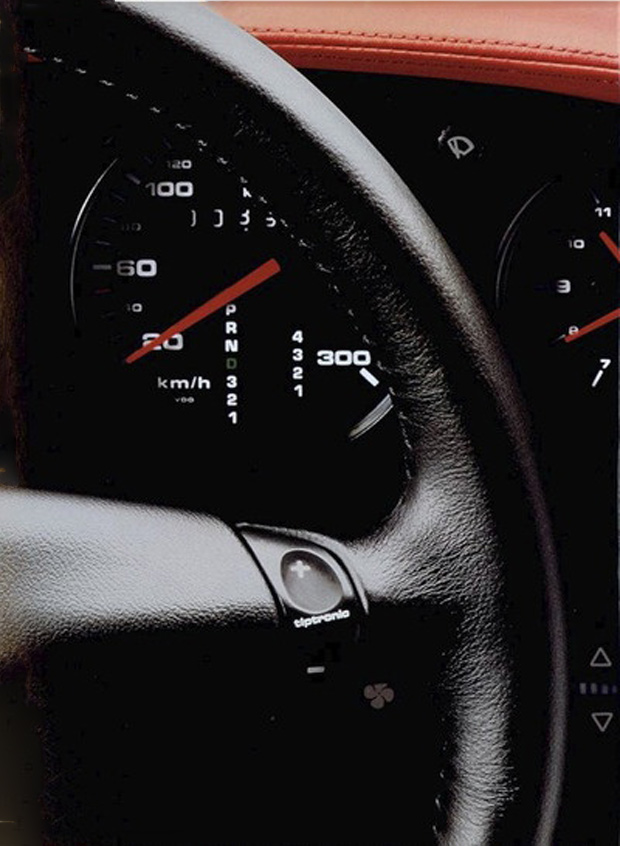
The journey can begin. The gears are very short and as soon as the road finally opens up, they quickly follow each other wonderfully. The three is an enchantment. Just like all the other speeds, which make the car leave like a ball and chain from the legendary 4,000 rpm “kick”. Only the sixth one is really long. And even if this 911 does not lack torque, you spend your time playing with the lever. For pure pleasure. This one is a C4. A 4-wheel drive, equipped with a differential system allowing curves to be taken at prohibited speeds. 70% of the traction is on the rear wheels, the rest on the front.
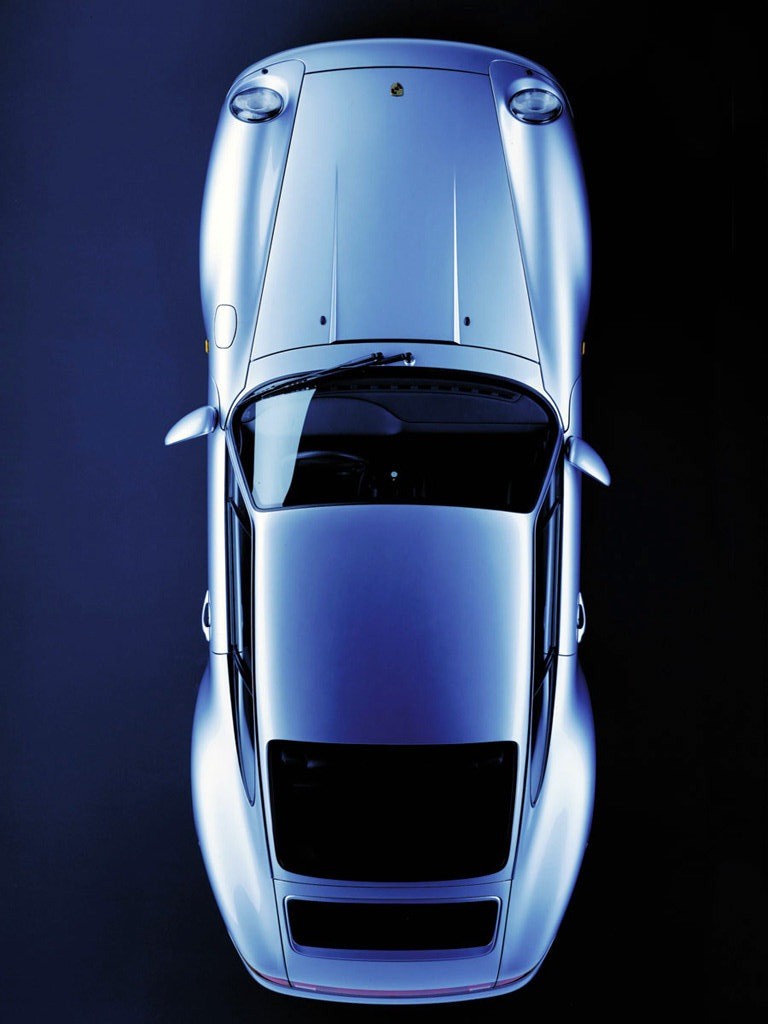
This car is a concentrate of happiness and it gathers, well stuck together, all the ingredients of driving pleasure. It accelerates like an arrow, pushing up to 6,100 rpm. It turns flat, as comfortable in the esses as in the long curves. She links the pifs-paf like a champion devours the gates of giant slalom. Well supported by aluminum wheels and Bridgestone Potenza S-02A Porsche approved 255/40×17. What about braking? Here again, there is only one possible assessment. The system is imperial. And the four ventilated discs pinched by four-piston jaws of Brembo origin stop the 911 dead in its tracks, respecting the specifications of the brand. It calculates the size of the braking system based on the parameters of the vehicle’s weight, its distribution over the axles, and its acceleration capacity and maximum speed. “The car must brake as hard as it accelerates,” explains Pierre Sudreau. The boss of TEA Cerede insurance, which specializes in the protection of GTs, knows what he is talking about. He is a rear-engine batrachian enthusiast and a doctor “es” 911.
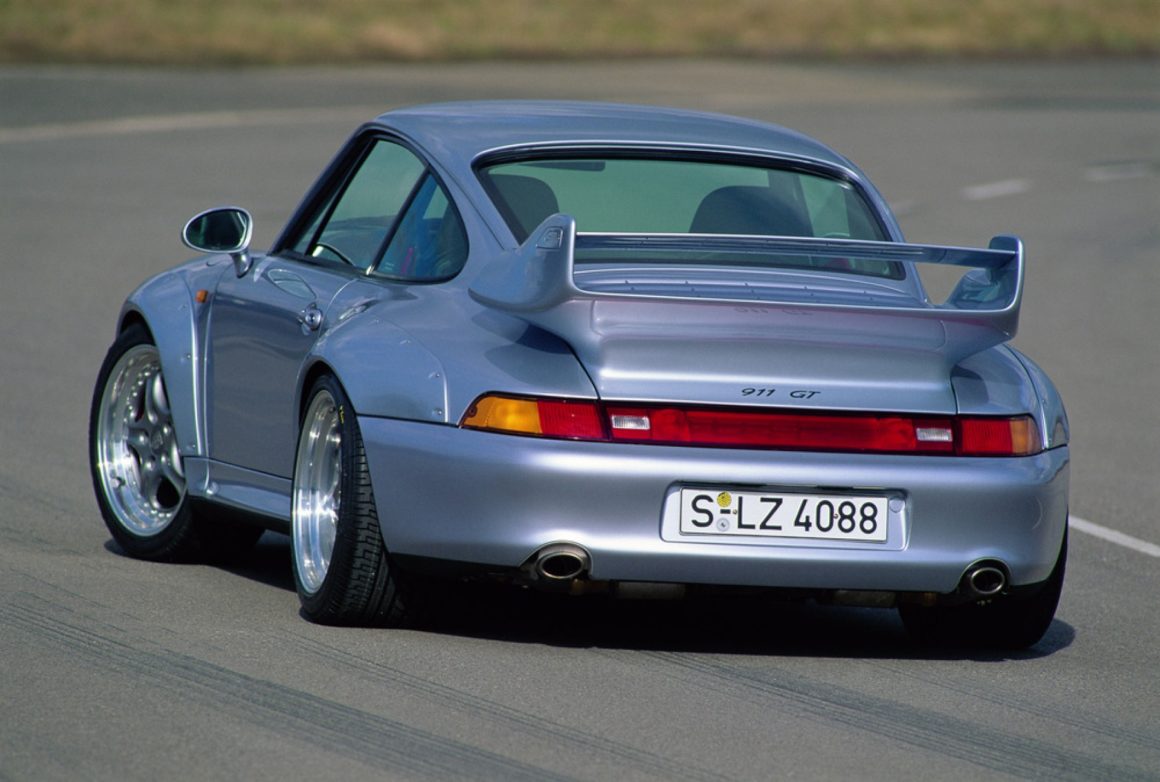
The 993 is a masterpiece,” he says, and if the brand abandoned it, to switch to liquid cooling, after having pushed it to the top of its ultimate evolutions with a 450 hp bi-Turbo, it’s only because the “flat six” could no longer exist while respecting the anti-pollution standards of the time. The 3.4-liter block that succeeded it, mounted on the 996, certainly lost the “cooled air” spirit, but it allowed the brand to enter the world of 32 valves by selling, for the first time, more than 175,000 copies of the same model in seven years, that is to say almost two and a half times more than the 993. But the life of the 996… that’s another story, which we will tell you soon.





